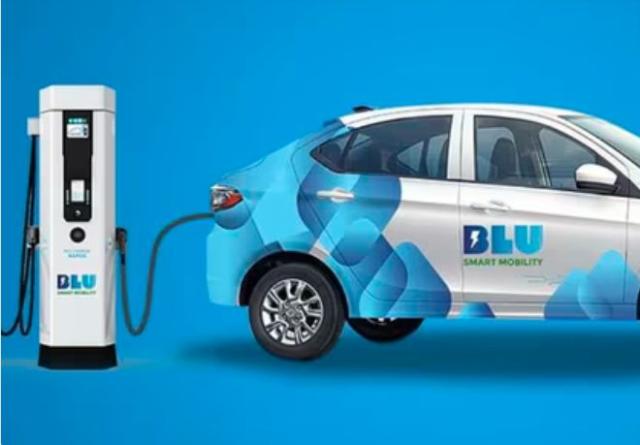The recent Gartner report has highlighted that EV shipments, including buses, cars, vans, and heavy trucks, are projected to grow by 17 percent in 2025, reflecting sustained momentum in electrification trends.
Future Market Share of EVs
By 2030, over 50 percent of all vehicle models marketed by automakers will be electric vehicles, demonstrating a significant shift toward electrification.
Impact of Geopolitical Tensions
Trade barriers by the U.S. and EU against Chinese EVs are expected to slow the adoption of connectivity, autonomy, software, and electrification (CASE) technologies, impacting global EV innovation.
China’s Competitive Edge in EVs
Chinese automakers lead in software and electrification, enabled by vertical integration and cost-efficient development processes, offering advanced and affordable EVs.
Expansion of Software Partnerships
Traditional OEMs are expanding partnerships with Chinese EV makers to leverage their advanced electrical/electronic (E/E) architecture, filling gaps in their in-house software capabilities.
Factory Closures and Overcapacity
Overcapacity in Europe and North America, combined with import tariffs on Chinese EVs, will likely lead to plant closures or sales, with underutilized factories being sold or shut down.
Shifts in Production Hubs
As Chinese automakers face trade restrictions, they may establish factories in Europe, the U.S., or free-trade regions like Morocco or Turkey, reshaping the global EV manufacturing landscape.
Emission Regulations in Flux
Ongoing political discussions in the U.S. and EU regarding vehicle emissions are creating uncertainty for OEMs, with some hesitant to fully prioritize EV strategies.
Fragmentation of the EV Market
Geopolitical fragmentation and sanctions on Chinese technology providers, such as drone and telecommunications companies, are likely to impact the variety of competitive EV products available to consumers in the West.
Redefinition of Automotive Supply Chains
Low-cost countries are set to become major hubs for automotive production and supply chains, as high tariffs and factory closures in the West drive manufacturers to optimize costs.

